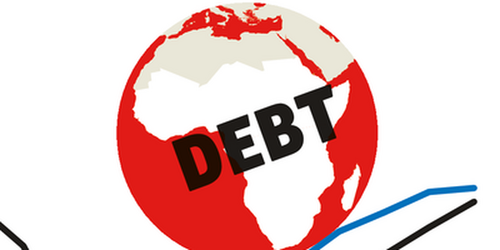
On April 7, CABRI welcomed public debt managers from 15 African countries to the fifth network engagement meeting. Prudent considerations in weighing the benefits, costs, and risks of various financing options in the face of uncertainty were discussed.
The Top 2 key takeaway messages from the network engagement meeting were:
1. Implementing flexible financing strategies
Despite the acceleration of inflation rates and the resultant tightening of monetary conditions in most African countries, the domestic market remains the primary source of financing as it reduces a country’s vulnerability to external shocks. Where the need arises to do external financing, it is mostly on a bilateral and/or multilateral basis and to increase external assets (Morocco). Successful issuance of long dated Eurobond in the international capital markets (Rwanda) to refinance maturing debt and use the remainder of the proceeds towards infrastructure projects is a signal of investor confidence returning from the credit related risks of previous downgrades when the COVID-19 pandemic started to impact negatively on public finances in 2020. Nonetheless, a brief reflection on activities held in 2021, served as a reminder that African countries should continue striving for better credit ratings.
2. Alternative financing options, managing the risks and reducing debt distress
In attempting to explore any further progress, challenges, and opportunities of using alternative financing options, public debt managers in Africa were urged to think about what they know to be standard operating procedures (for example, the use of traditional funding instruments) in a typical debt management office against the demands brought about by the new financing options geared towards meeting sustainable and other developmental goals. Is there capacity within debt management offices to deal with these new challenges or debt managers would rather use the available capacity to meet standard procedures first? Yet, the few country case studies of using green financing in Africa such as Egypt, Benin and others remain illustrious examples for public debt managers in Africa to reference.
Not only are the financing strategies underpinned by the objective to reduce the costs, but also limiting exposure of the debt portfolio to key financial risks such as rollover, interest rate risk and exchange rate risk. Developing Treasury securities market as demonstrated by the example from Morocco, also feature among the high-ranking funding objectives. Conversion of foreign currency debt into local currency debt was cited as part of the measures that public debt managers in Africa can use to reduce the impact of external vulnerabilities while reducing the risk of debt distress as the presentation from Rwanda demonstrated.
3. In conclusion
While debt management strategies have a medium to long-term focus, hence part of the question on how public debt managers in Africa are contributing to debt sustainability, it is clear that in the short-term, liquidity, costs and risk trade-offs tend to overweigh other considerations. While long-term public debt and its sustainability will continue to dominate the public finance agenda, the role of debt managers in resource mobilisation and expenditure efficiencies was also reflected upon.